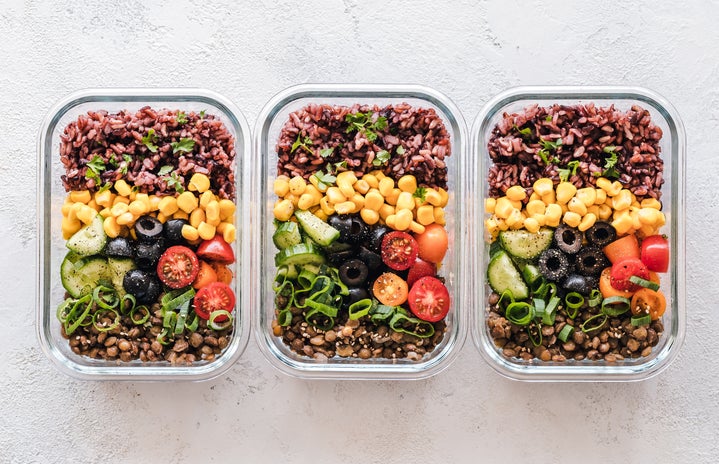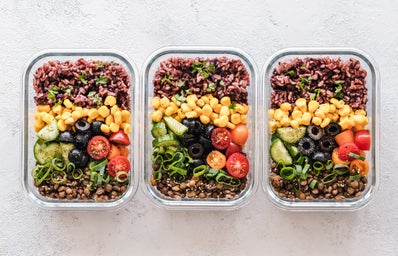Last fall, right before Thanksgiving, I decided I was going to start tracking everything I ate. At the time, I wasn’t maintaining a very healthy diet and found that it was too sugar and carb-heavy. However, even though I knew I wasn’t quite getting what I needed from my diet, I didn’t know what I needed more of.
I downloaded the app My Fitness Pal, which was created by UnderArmour. The app has trackers for exercise and food, as well as a progress tracker, and meal plans. You start by entering your current weight and activity level and then telling the app what your goals are, and it tells you what your daily calorie count should be to achieve these goals. This wasn’t exclusively for weight loss however, there are plenty of different types of goals you can set for yourself.
One thing I noticed right away was that it was easy to log the food I ate because the app already has Sodexo foods in its database. Since I have a meal plan on campus and no access to a kitchen, I don’t cook my own food, which means everything I was eating was in the database.
On the other hand, I didn’t like the options the app had for logging in exercise. It had two standard categories of cardio or strength training and if an exercise wasn’t in the database, you had to enter how many calories it burned.
I am by no means a fitness fanatic or particularly knowledgeable about such things, so I found it not as convenient for tracking workouts. Also, since I do a lot of workouts like Pilates, Yoga, and PiYo, it wasn’t as straightforward to enter these. However, I think part of the issue was my lack of familiarity with the app, as I had not explored it too much at this point.
For about 10 days, I was consistently tracking my food and exercise in My Fitness Pal. I was able to get a good idea of what my diet looked like and what I was eating too much of and what I wasn’t getting enough of. My original plan was to first figure out where my nutritional deficiencies were and then alter my diet to improve it.
But, after a few days, I found that I was feeling really bad about my eating habits. Actually seeing how much my diet consisted of sugar and carbs versus simply noticing it was quite a shock.
Also, since most of my eating choices were confined by what was available on campus, rather than what I actually wanted, some aspects of my dietary decisions were out of my hands.
I also felt restricted in terms of what I could eat, since most of my usual choices were sugar and carb-heavy. I had started eating like that because it was easy and convenient, but it didn’t make me feel good.
I did end up falling out of the habit of tracking my food and exercise after I went home for Thanksgiving. This was mostly because it was not as simple to enter the homemade foods in the database, especially since I was eating a lot of Indian food that the app didn’t recognize.
This semester, I was planning to restart the tracking because I once again felt the poor dietary habits taking hold. However, remembering how restricted I felt and how bad I felt about my nutrition choices, I kept putting it off and avoiding it.
Despite how tracking made me feel guilty about what I was eating, it did help me improve my diet, by showing me just how bad my choices were. But, this help wasn’t enough to encourage me to start up with the tracking again.
At some point in the future, will I start tracking my food again? Probably, but I also might not. Do I need to use the app and tracking to improve my diet? Probably not.
I think this time, I’m going to try to create a meal plan to help me stay on track with my diet rather than using tracking to do it. I don’t know if it will work, but it’s worth a try.


